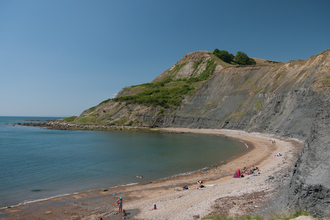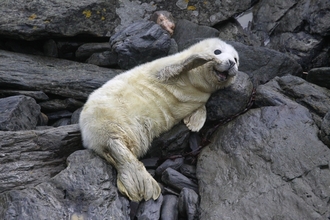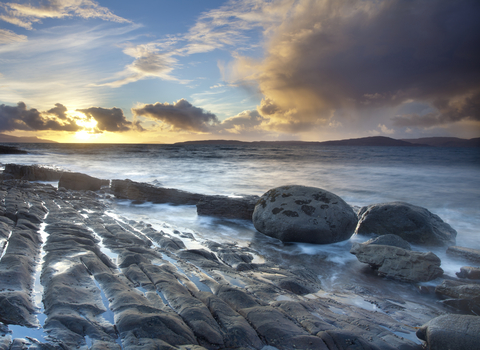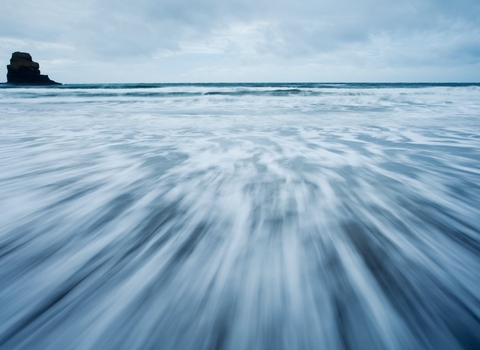
Grey Seal ©Chris Gomersall/2020VISION

Grey Seal ©Alex Mustard/2020VISION

Seal pup by Tom Marshall

© Eleanor Stone
Grey seal
Scientific name
Halichoerus grypusWhen to see
January to DecemberSpecies information
Category
Statistics
Length: up to 2.6m Weight: Males up to 300kg, females up to 200kg. Average Lifespan: 30-40 yearsConservation status
About
The grey seal is the larger of the two UK seal species. If you catch a good look at them you’ll see how they got their scientific name Halichoerus grypus – it means hook-nosed sea pig! These mammals spend most of their time out at sea feeding on fish. They return to land to rest and can often be seen ‘hauled out’, lying on British beaches. Grey seals give birth to fluffy white pups in the autumn. These adorable pups stay on land until they have lost their white coats and trebled their body weight.How to identify
The grey seal can be distinguished from the common seal by its larger size and longer head with a sloping 'roman nose' profile. Looking straight on, their nostrils are parallel, rather than v-shaped as in common seals. Mainly grey in colour, the unique pattern of darker blotches and spots can be used to identify individuals.Distribution
Found all around the UK.Did you know?
Despite numbers dropping to only 500 in the early 20th century, it's estimated that there are now more than 120,000 grey seals in Britain, representing 40% of the world's population and 95% of the European population.How people can help
Seals regularly 'haul out' to digest their food or rest, so if you meet one on a beach, give it plenty of space and keep dogs away. This is especially true for mothers and pups. Seals are also easily spooked from their rocky resting spots, so if in a boat or kayak, maintain a distance of at least 100m where possible.
If you suspect a pup has been abandoned or a seal is injured and in need of attention, keep your distance and call for help. Find out more.
Entanglement in marine litter and ghost fishing gear is a big threat to seals. Why not participate in a beach clean or simply pick up and safely dispose of any rope, strapping or net next time you're at the beach.





